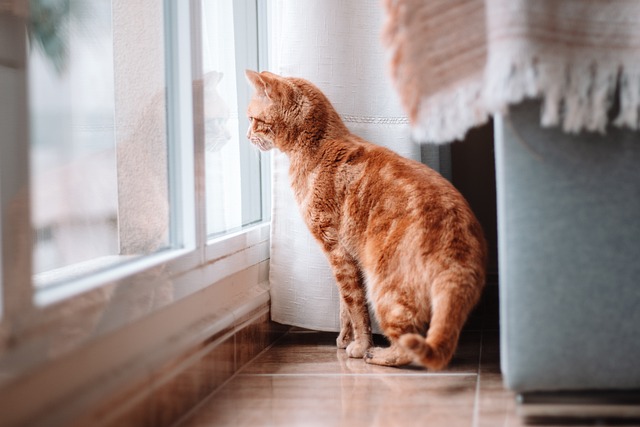Pet-friendly Rental Properties

Understanding Pet Policies in Rentals
When renting a property, understanding the pet policy is vital for pet owners. Renters must familiarize themselves with the specific terms of the lease regarding animals. Some properties might have restrictions on the type, size, or number of pets allowed. Details like additional pet deposits or monthly fees should be clear. Often, landlords include these rules to maintain property quality and ensure all tenants’ safety. By thoroughly reviewing and asking questions on the pet policy, you can avoid potential conflicts. Building a good rapport with your landlord can also help in managing expectations and responsibilities related to your pets.
Finding Pet-Friendly Apartments: Where to Start
Begin your search for a pet-friendly apartment by checking recommendations from online rental platforms. Numerous sites allow you to filter results based on pet policies, which can save a lot of time. It’s also beneficial to visit potential apartments in person to assess the environment for your pet. It’s crucial to reach out and confirm the pet-friendliness of the listing as descriptions may occasionally be misleading. Additionally, joining online communities or local social media groups can provide insights and recommendations from other pet owners. Persistence and thorough research can uncover places that initially seemed non-pet-friendly, but offer viable options after further inquiries.
How to Negotiate Pet Terms with Landlords
Negotiation is key to getting favorable pet terms in your rental agreement. Start the conversation by highlighting your pet’s positive attributes, like training or size, which might assuage landlord concerns. Offering a higher pet deposit, if financially feasible, demonstrates responsibility and commitment. Provide references from previous landlords or pet-sitters to highlight your pet’s good behavior. In addition, sharing any certifications or achievements your pet has earned can further bolster your case. Clear communication and understanding your landlord’s perspective can create a mutually beneficial arrangement. Preparing to discuss and compromise on pet terms can lead to a smooth rental experience.
Creating a Pet Resume for Your Rental Application
A pet resume is a thoughtful addition to your rental application that can make a strong case for accepting pets. Include detailed information about your pet, such as breed, age, weight, and behavior traits. Including a recent photo can provide a personal touch. Clearly outlining your pet’s temperament can help reassure landlords about any concerns they might have. Highlight their training, health records, and any certification—these can allay potential concerns regarding damages or disturbances. Testimonials from previous landlords or neighbors can vouch for your pet’s good nature. By providing comprehensive and honest details, you increase the likelihood of being considered favorably.
Essential Amenities for Pet Owners in Rentals
When searching for a pet-friendly rental, consider properties with essential amenities that cater to your pet’s needs. A fenced yard or nearby parks can provide the necessary space for exercise and play. It might also be worthwhile to inquire about any pet policies or restrictions that the property may have. In-unit laundry facilities might be beneficial for maintaining cleanliness, particularly for pets prone to shedding. Look for apartments with durable flooring and easy-to-clean surfaces to minimize pet damage. Additionally, as a pet owner, the proximity to veterinary clinics or pet stores can be an advantage for emergency situations.
Maintaining a Happy, Pet-Friendly Living Space
To create a pet-friendly living space, balance your pet’s needs with maintaining the property. Start by designating specific areas for your pet’s activities to limit wear and tear. Regular cleaning routines help manage odors and fur, preserving the environment’s integrity. It’s also beneficial to incorporate pet-safe plants that can enhance the aesthetic appeal of your home. Investing in pet-friendly furniture and durable materials can prevent damage. Engage in continuous training and exercise to ensure your pet’s behavior aligns with rental guidelines. These practices facilitate a harmonious living situation without compromising on your pet’s happiness.